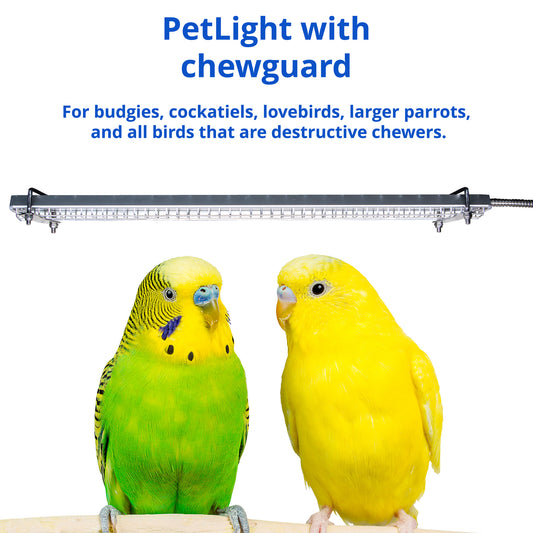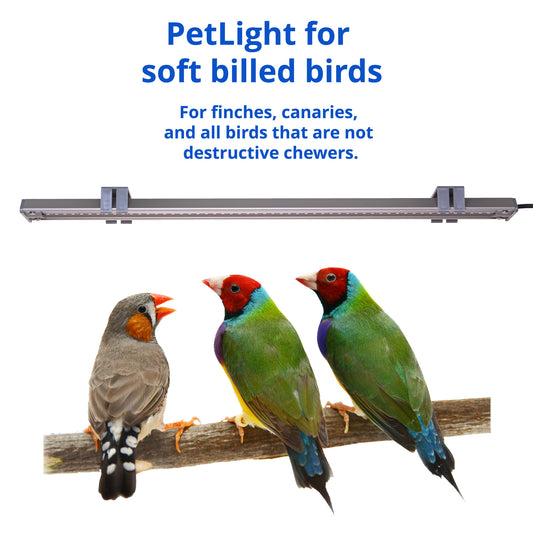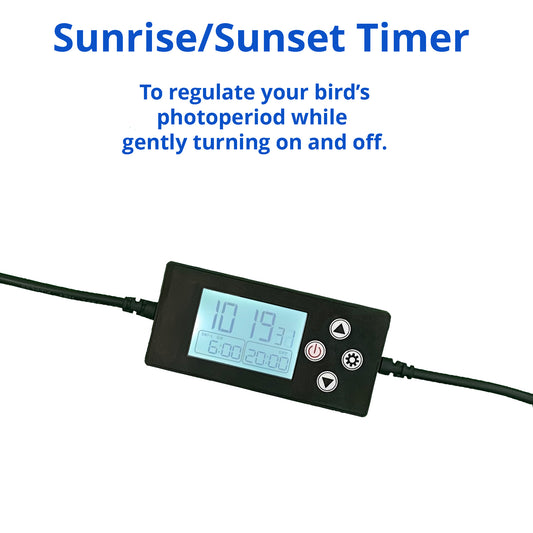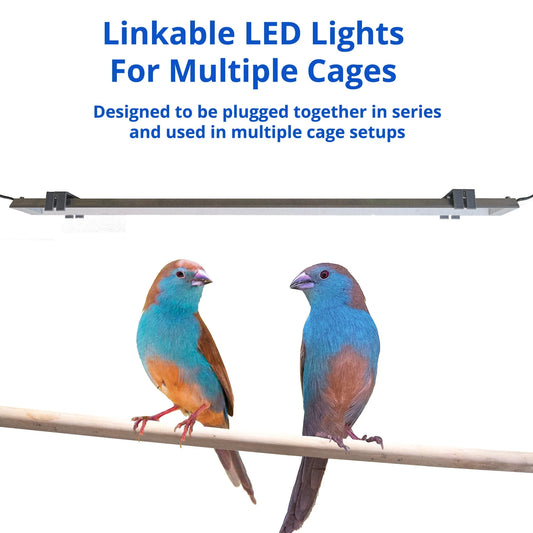Signs Your Bird Might Not Be Comfortable with Its Lighting
Share

Indoor lighting plays a larger role in a bird’s routine than many owners realize.
Light isn’t just about seeing — it guides when birds wake, play, eat, and rest. But when the lighting isn’t aligned with what birds naturally expect, their behavior can change in subtle ways.
Here are some signs your bird might not be fully comfortable with its current lighting setup — and how to support a more stable environment.
⚠️ Note: This article focuses on environment and behavior only — not on medical or health-related topics.
1. Your Bird Seems Restless or Overstimulated at Night
If your bird doesn’t seem to settle as evening arrives — pacing, chirping more than usual, or trying to remain active — it could be a sign that the lighting in their environment isn’t clearly communicating the end of the day.
Why it happens:
In nature, birds gradually wind down as daylight fades. But inconsistent or overly bright indoor lighting in the evening can disrupt this instinct, keeping your bird active at a time it would otherwise be resting.
✅ Tip: Use a consistent lighting schedule with 10–12 hours of light per day and a clear “lights off” routine to signal nightfall.
2. Unusual Activity in the Morning or Late Evening
Does your bird seem more active than usual just before bedtime?
Or unusually quiet during hours it used to be awake?
This could be tied to how light signals are managed. Birds often base their rhythm not on the clock — but on light intensity and timing. If lighting doesn't match the rhythm their instincts are tuned to, their daily cycle can shift or flatten.
✅ Tip: Try using a light source with a broad, natural visible spectrum and a regular on/off cycle. Avoid leaving lights on all night or using screen glow near the cage.
3. You’ve Noticed Mood or Hormone Swings
Some birds show seasonal shifts in behavior, such as increased vocalizations, nest-seeking, or defensive actions. While there are many factors at play, lighting can be one of them.
Birds may respond to inconsistent light duration or color temperature by displaying behaviors that are typically regulated by daylight cycles — such as hormone-related activity during mating seasons.
✅ Tip: Keep lighting consistent year-round. Even in winter, maintain the same light hours with artificial support if needed. Avoid using decorative lights or bulbs with fluctuating color tones.
4. Your Bird Stays in Certain Areas of the Cage
Some birds will avoid darker corners or hang near cage bars where the light is strongest. Others may perch in the same spot all day without exploring.
This could suggest that the light inside the cage isn't distributed evenly, leaving parts of the environment dim or underlit — or possibly too bright in certain areas.
✅ Tip: Mount lighting directly on the cage (like HappyBird’s solution), so light enters the bird’s actual living space evenly.
5. Your Setup Uses Household or Decorative Lighting
If you're using a lamp meant for décor — or even a repurposed desk lamp — it likely wasn’t designed with bird rhythm or safety in mind.
Common issues include:
-
Narrow light spectrum (often too blue or too warm)
-
No flicker control (birds can see flicker humans can’t)
-
High voltage wiring (unsafe if chewed)
-
Poor angle (doesn’t reach into the cage)
✅ Tip: Use bird-specific lighting fixtures with low-voltage cables, flicker-free performance, and no UVB. These ensure your bird sees consistent, natural-feeling light without risk.
Final Thoughts
Birds are tuned into the light around them — far more than we are.
When their environment isn’t lighting them in a way that mimics nature, their behavior can shift in small but noticeable ways.
By using purpose-built bird lighting, with proper duration, spectrum, and safety features, you’re not just making their space brighter — you’re making it more predictable, stable, and rhythm-friendly.




